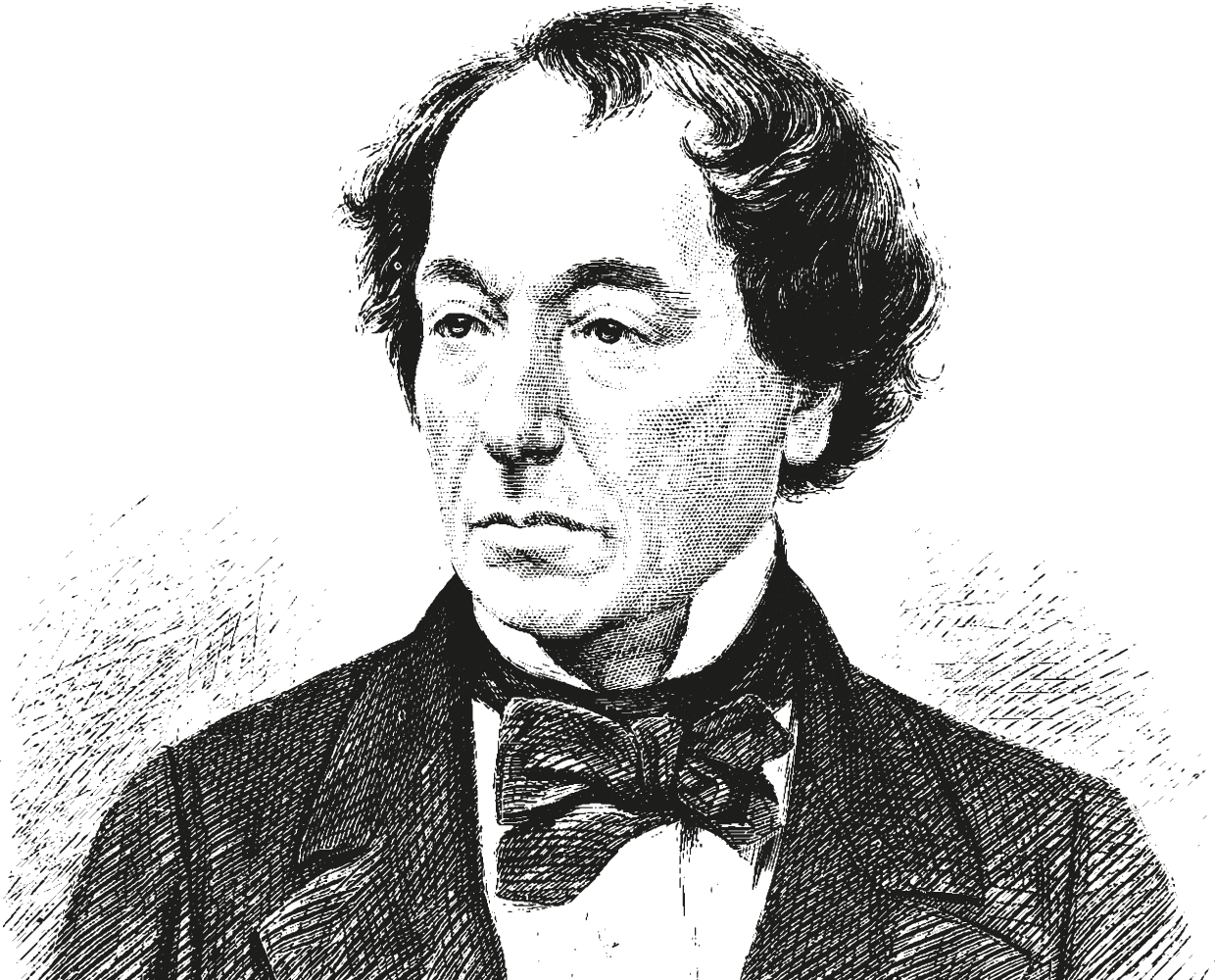The Disraeli Room

Blog Post
COVID-19: Are we truly free or merely enslaved to ourselves?
‘Through discipline comes freedom’. Over two thousand years ago Aristotle warned that freedom means more than just “doing as one likes”. Ancient Greek societies survived...
Airtight on Asbestos – A campaign to save our future
On the 24th of November 1999, the United Kingdom banned the use of asbestos. Twenty years later and this toxic mineral still plagues public health,...
Rationality & Regionality: A more effective way to dealing with climate change | by Hamza King
Liberalism relies heavily on certain assumptions about the human condition, particularly, about our ability to act rationally. John Rawls defines a rational person as one...
- Comments Off on What are the Implications of proroguing Parliament?
What are the Implications of proroguing Parliament?
During his campaign, Boris Johnson made it very clear that when it comes to proroguing Parliament, he is “not going to take anything off the...
ResPublica’s submission to CMA
Download the full text of the submission On 3rd July 2019, the CMA launched a market study into online platforms and the digital advertising market...
Food poverty: Time to lift the veil?
A century on from Charles Booth’s famous Poverty Map of London, accurate information on poverty has never been more important. So the findings of...
ResPublica Response to changes to the National Planning Policy Framework
The Government’s housing announcements on the 5th March were the first substantial change to the planning system since the Coalition reforms six years ago. The...
ResPublica’s Response to the Autumn Budget 2018
The 2018 Budget delivered by Philip Hammond was the first since 1962 to be delivered on a day other than a Wednesday, and was moved...
- Comments Off on Productive Places | WSP and ResPublica
Productive Places | WSP and ResPublica
On Wednesday 31st October ResPublica and WSP hosted a panel discussion in Parliament to launch WSP’s Productive Places paper and debate its findings. The report...



If a new medal was created for services to children in the online space Lady Howe would be its first and highly deserving recipient!
In March 2017 I wrote an article where I sought to discuss what should constitute “prohibited material” under the then Digital Economy Bill 2016-17
https://www.linkedin.com/pulse/prohibited-materials-opinion-alistair-kelman
My article on Prohibited Material sought to explore what should constitute video material which should always be banned from viewing on television and the internet. It immediately ran into a problem with FOX.
In my article, I considered whether accidental deaths and serious injury should be shown or whether respect for the dead and the traumatic effect of such materials should give rise to a presumption that they are not permitted. To illustrate this point I cited the British 1965 U-rated movie – Those Magnificent Men in their Flying Machines – which, in its opening sequence shows what to the casual observer might be thought to be something that is making fun of the death of brave aviators. I explain that this is not actually the case and walk the reader through what is actually shown. To illustrate this I tried to put up a five-minute clip from the title sequence to the movie at a YouTube hotlink in the article. This was instantly identified by YouTube as being a potential copyright infringement and blocked.
I, therefore, filed a copyright claim against FOX saying that this blocking is incorrect and that I am entitled to illustrate a legal argument by reference to a video copy of a substantial part of the title sequence. Open, fair debate on important legal issues is clearly ‘fair use’ within the meaning of the law and must be allowed.
In a follow-up note to YouTube I said “While I wish the matter to be properly debated and discussed I do not wish FOX’s content to be misused by others who may wish to use FOX’s content for illegitimate purposes. Consequently, I believe that the appropriate approach to this matter would be for YouTube to generate a private link to the video which I have uploaded – i.e. a link which would not be indexed and accessible to all users on the internet or findable through searching using YouTube. This would mean that the only people who would find this particular movie extract are those who knew its URL. Since the only citation of the URL would appear in my article this will mean that the only people who visit and view the opening sequence of the movie will be readers of my article who are engaged in debating and discussing the points I am raising. I suggest that this approach would be a sensible compromise to the blanket copyright claims of FOX which would do not properly address the lawful exception (legal debate and education) which I rely upon to support my claims.”
FOX had until 1st July to respond to my appeal under the YouTube rules. On 16 June they cleared my use. Consequently, the opening sequence from the movie can now be viewed via my article but the links are not indexed or searchable. This seems to be an appropriate approach to the issue.
Similar problems are likely to occur with video images from inquests. During the Coroner’s Inquests into the London Bombings of 7 July 2005, there was a dispute concerning photographs and videos taken on board the Underground trains in which so many died or sustained serious injuries. For a twenty-first century event, the unusual feature of 7/7 was that with the exception of the Number 30 bus which was bombed in Tavistock Square, the atrocity occurred underground. Therefore, the outside world did not see images of the awful carnage beneath our streets.
When it came to the public Inquests four years later, media representatives understandably assumed that they would be able to publish whatever images were viewed by the Coroner. The understanding was that all evidence viewed in Court 73 of the High Court would be uploaded onto the Inquest Intranet and thence to their website for all to see. A Protocol dated October 2005 had been reached between the DPP, Chief Police Officers and the Media companies all working on the assumption that material once seen in court could be seen by all. The Protocol includes the following : The aim of the CPS is to ensure that the principle of open justice is maintained – that justice is done and seen to be done – while at the same time balancing the rights of defendants to a fair trial with any likely consequences for victims or their families and witnesses occasioned by the release of prosecution material to the media. Prosecution material which has been relied upon by the Crown in court [and which] should normally be released to the media .
The Coroner Lady Justice Hallett decided that stills and video footage of the Underground trains in the tunnels would be seen by all participants in the Inquests who needed to do so, but that there would not be wider distribution.
Today with the ubiquity of mobile phone cameras that position could not be enforced. Compliance with open justice and Article 10 of the European Convention on Human Rights suggests that a fair compromise might be to only permit viewing of the equivalent content via the coroner’s site under suitable restrictions.